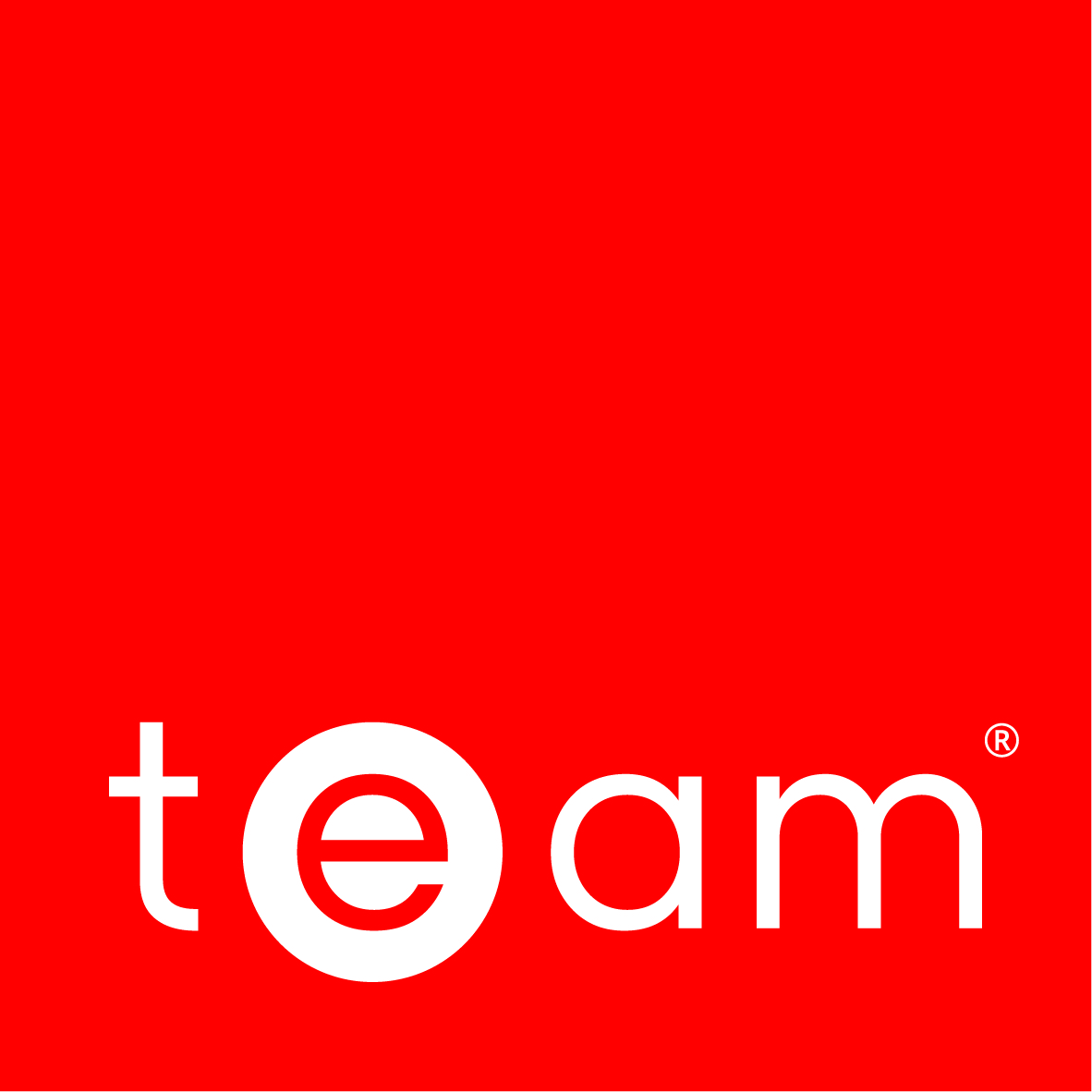Behind every organisation, lies the great energy management IT debate: Software as a Service (SaaS) or an on-premise Solution?
Many organisations, both in the public and private sector, are now looking to Cloud computing to help manage their energy consumption. But there are still some companies that believe the on-premise option is a better deal.
The main difference between these two systems is how they are deployed:
- On-premise software is installed locally on a company’s own servers
- Cloud-based or SaaS software is hosted on vendor servers and accessed via web browser
4 Common Challenges
We will start by addressing the top four most common challenges to SaaS vs. on-premise energy management installations:
Scalability
The SaaS approach to energy management offers more capabilities and fewer headaches than on-premise energy management systems.
- Your energy needs/goals are likely to shift over time and your SaaS software can adapt along with it
- SaaS solutions can be accessed from anywhere there is an internet connection
At TEAM the power of the Cloud has enabled us to build new reporting tools based on industry leading technology.
It allows us to provide our customers access to tools that have been shaped by tens of thousands of users.
Security
Data storage and backup is a huge concern for many organisations. Some refuse to make the move to the Cloud because of this very reason.
But is this really the case? Does something leaving an organisation’s physical estate put it in any more danger than it was before? Industry standards and regulations, have very defined and measurable security requirements. Therefore, for cloud computing to be viable, reputable Cloud providers adhere to the same standards and controls that would be imposed in-house.
In most cases security fears are overstated, and most should be considered more general risk management than security. Most cloud service providers will implement and manage considerably better IT security controls that internal IT departments.
Sigma Energy Management Software employs the power of IBM’s SoftLayer Cloud Hosting Platform, which provides industry leading performance and the highest levels of security with ISO27001 compliance.
Costs
Another key difference between Cloud and on-premise solutions is how they are priced. While there are many exceptions to this rule, in general, Cloud software is priced under a monthly or annual subscription basis including costs for support and updates, with the only additional fees being training.
On-premise software is generally priced under a one-time perpetual license fee (usually based on the size of the organisation or the number of concurrent users). There are recurring fees for support, updates and training.
But what many companies forget to consider is the Total Cost of Ownership (TCO) of their on-premise software investment, including hardware, network, backup and development systems.
- TCO also includes the cost of human capital, such as project management, database, server, security, backup and help desk resources – not to mention overtime pay for work to install unexpected security issues that are sure to come up. For these reasons, the most common argument in favour of cloud-based software is a much lower entry cost, whereas on-premise systems are far more expensive to design, build and maintain.
- Although it’s true that many on-premise costs are hidden, cloud-based solutions still have the following advantages:
– lower initial costs
– zero maintenance costs
– zero investments in server infrastructure and maintenance - One might argue that while cloud energy management software is cheaper up front, on-premise costs will converge with SaaS after about a decade: For instance, while on-premise and SaaS costs are increasing at a linear rate over time, technology is rapidly evolving. So, keeping your software updated and modernised will continue to cost money.
- Time also costs money; SaaS deployments are usually faster – with TEAM Sigma for instance, you can have your system up and running in just a few clicks. On-premise systems can take significantly longer to install, even if your organisation has more control over the overall process.
Customisation
A custom-installed energy monitoring solution can appear more attractive in terms of design, but it carries a lot of risk. Overly-customised solutions are much harder to evolve and update, and costlier to maintain.
Real world applications of SaaS solutions
SaaS solutions can be customisable too. At TEAM, we have a greater ability to customise because the Cloud platform is built on a modular architecture. Components can be customised and deployed for different organisations and there are numerous use configurable options.
An example of an organisation that has embraced Cloud based energy management software is Greggs’ bakery.
With over 1,700 shops, 9 regional bakeries and 20,000 employees who serve millions of customers each week, Greggs is the UK’s leading bakery food on the go retailer.
It uses TEAM Sigma Cloud energy management software to monitor energy consumption and validate bills across all of its sites. The energy team process thousands of gas and electricity invoices every month, as well as manually entering water bills every quarter.
Karen Butcher, Commercial Analyst at Greggs, uses TEAM Sigma daily. She said:
Moving our energy management software to the Cloud means that we no longer have to carry out regular updates ourselves It saves us a lot of time.
Cloud based or SaaS software is a solution growing in popularity and has become an increasingly viable business option in the last few years. The beauty of the Cloud is that servers are off premise, out of sight and out of your hair. Suppliers take care of them for you and roll out regular software updates, whilst offering you the highest levels of security.
These benefits are now available with cloud-based energy management tools and having everything in one places is the ultimate key to managing and running a successful business.
About the Author

Timothy Holman, Solutions Director
As the Solutions Director at TEAM, Tim is responsible for the Energy Services, Hosting, Support and Solutions departments including the development and testing of innovative, cutting edge new projects and cloud hosting platforms.
